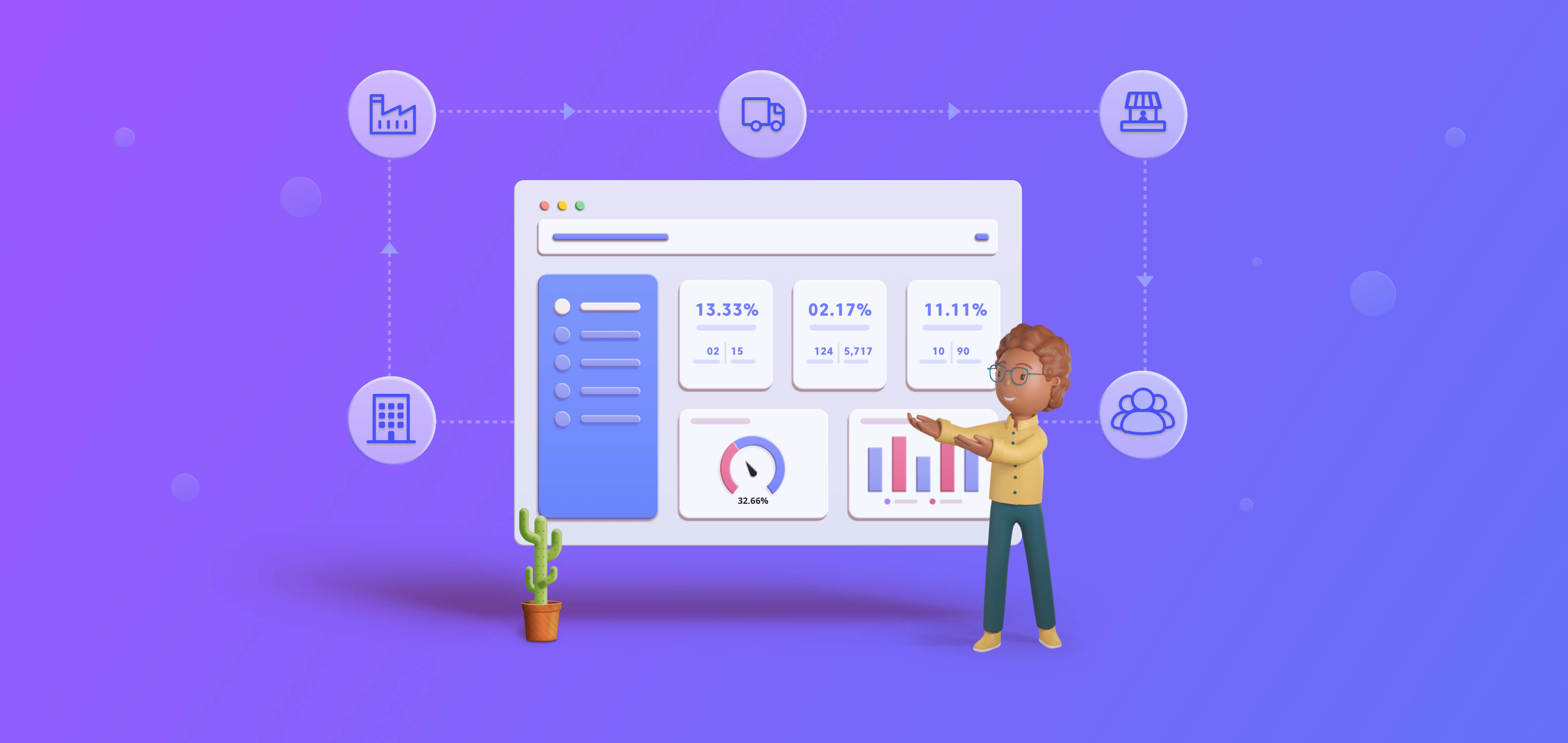
How to analyse third-party risks in the supply chain
What are the cybersecurity, financial and other risks posed by third parties in the supply chain, asks Sri Rangachary, a Senior Director with ISG
Do you truly know your exposure to risk? With every third-party supplier an organisation uses, there is increased risk of being exposed to a security breach, a damaging reputational issue, or a human rights or environmental issue that could be buried within the supply chain.
We tend to think of disruptive events as happening once in a lifetime, but in reality, we should plan for them to be a regular feature of supply chains and manage them accordingly. Proper governance and rigorous supply chain review are critical.
What are the risks posed by third parties in the supply chain? The most obvious risks are cyber security or financial. Imagine if one of your supplier’s suppliers has a ransomware attack that spreads up the chain. Your security is only as strong as the weakest link in the supply chain. An event like this could severely disrupt your ability to do business.
But there are less obvious, newer risks from suppliers. Increasingly we’re seeing emerging threats from areas like environment, social and governance (ESG), and human rights.
Perhaps there are modern day slavery practices that you haven’t spotted, deeply embedded in the supply chain, or a supplier has been found guilty of corruption, or other unethical behaviour. It’s not enough anymore to claim ignorance, and you could lose your hard-won reputation by association with such practices.
You need the right processes in place to catch and head off these kinds of issues, early on.
Managing supplier relationships
The key to good supplier management is good information. What information do you need to mitigate your risk? I’m often asked: “How do I assess the risks from my supply chain?” The answer is in the information you get from that chain.
Look first at the information you have internally available. What is the acceptable risk level in your own business? Every organisation will have a different appetite for risk. A risk heat map is a great way to visualise the impact and likelihood of different risk categories, so you can develop the appropriate response.
The role of technology
It’s simply not possible for a person – or even a full team – to monitor every change and movement that could pose risk within the supply chain. This is where technology can help.
A good third-party risk management system can give you the information you need to monitor and mitigate risk, as well as keep on top of contractual commitments and the performance of your suppliers (including their ability to meet those commitments).
Read more at How to analyse third-party risks in the supply chain
Leave your comments below and subscribe to us for new updates.




































